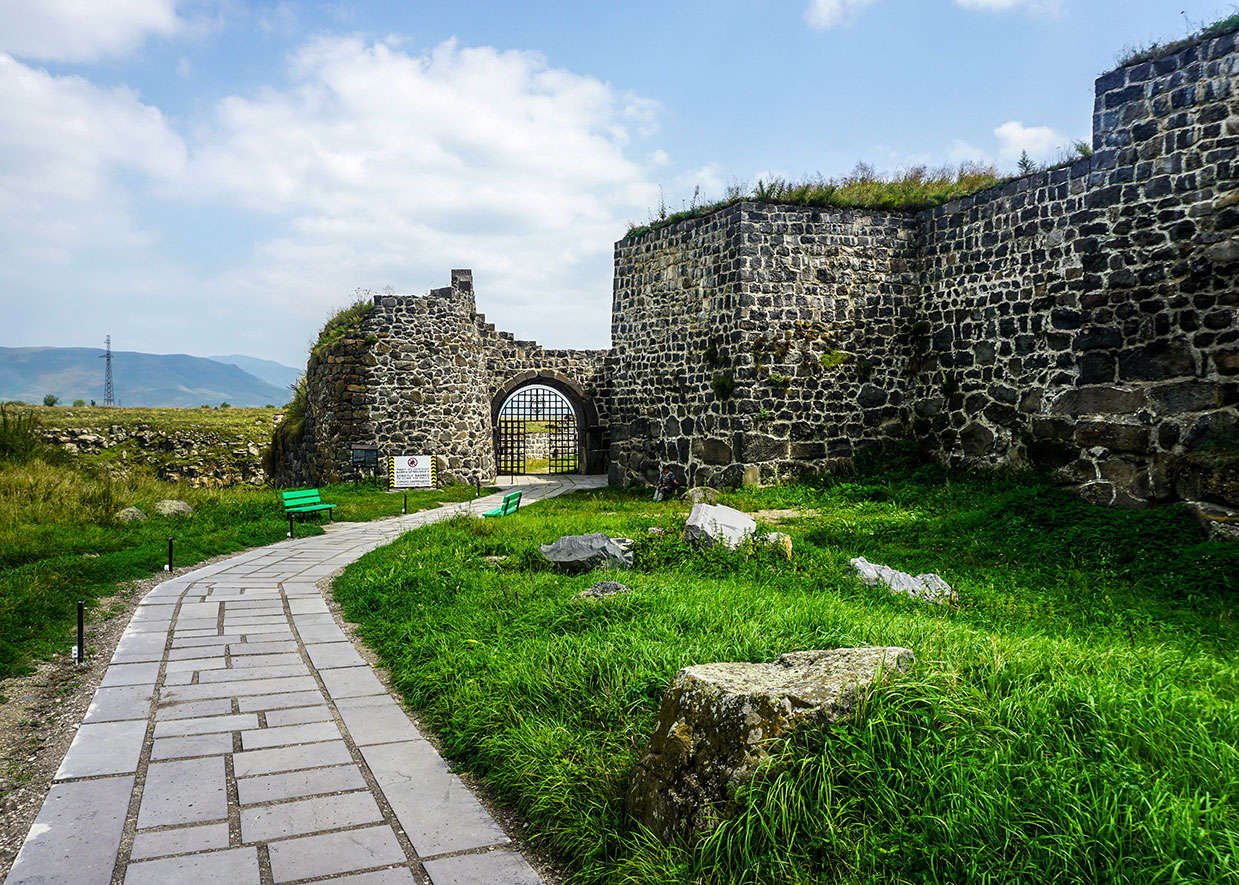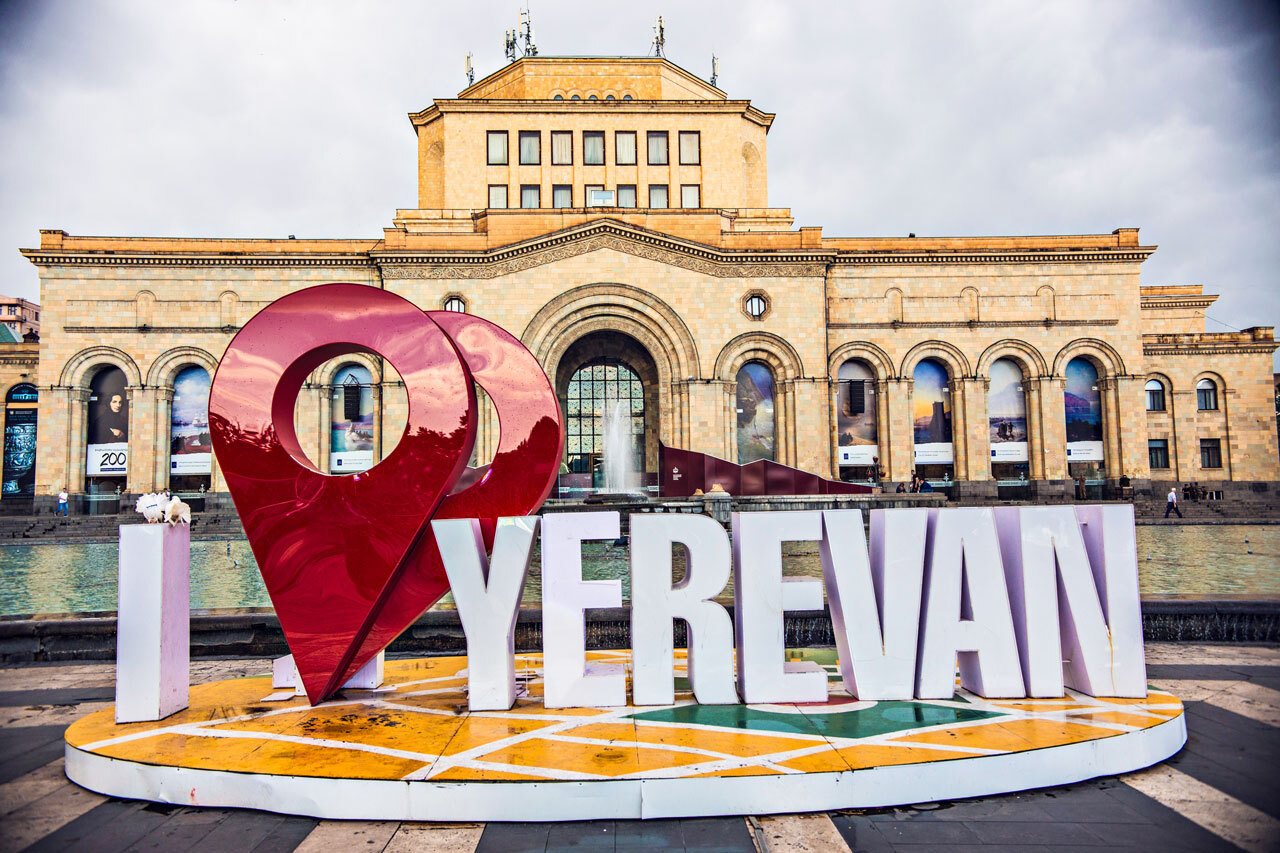Lori Berd Fortress
In the north of Armenia, on the right bank of the Dzoraget River, the medieval fortress of Lori-Berd may be discovered which is located in the province of Lori. At present, only a few ruins of the castle are preserved and belong to the beautiful historical nature reserve. The province is located in the north of the country and borders on Georgia. Vanadzor is the capital and largest city of the province. Other important cities are Stepanavan, Alaverdi, and Spitak. Here, the UNESCO World Heritage listed monasteries Haghpat and Sanahin can be found. The province was heavily damaged by the earthquake in 1988.
The monastery was built by King David Anhoghin (989 - 1048). In the period from the 10th to the 12th centuries, it was the centre of the empire of Tashir-Dzoraget. Formerly Lori-Berd lay on a territory surrounded by deep gorges of the Miskhan and Dzoraget rivers. The castle was founded here in the 10th century. Its acropolis occupies an area of 9 hectares and was surrounded by mighty defensive walls about 200 m long. Along the walls, there was a water-felt barrier. The gates of the citadel were in the northeastern part of the castle. As it was on the northern trade route, Lori was a major cultural and commercial centre in medieval Armenia. The first building is a bathhouse with two baths and remnants of pipes running in the walls. In the middle of the fortress, there is a rectangular building with six square domes and columns. The structure contains medieval gravestones. The entrance is flanked by two khachkars (cross stone). The exterior walls represent several phases of construction.
The fortress remained under Muslim occupation until the 18th century. This building has a southern niche facing Mecca, which suggests that it dates back to that time, although there was supposed to be an older church on the site. Built on the north side, it looks like a dwelling house with a chimney. Lori Berd is the home to redstarts during the breeding season. In buildings on the side of the Dzoraget Gorge, there is evidence of the existence of pipes which prove that there used to be a washroom or latrine. In the 18th century, Lori lost its military value and became a simple fortress. It was settled by the emigrants, who were forced to leave their homes. In this area, the village of the same village was founded as well. The ruins of Lori extend over 35 hectares and are located on a plateau which is 1490 m above sea level. Deep gorges of this area made Lori Berd (Lori Fortress) aloof. Comparatively on the lower side, in the northwest, a huge wall was built, which was 214 m long. It had alternating round and square towers. Here in the corner, there was the only entrance to the fortress. In some parts, the wall was 20 m wide and 25 m high. The city wall stretched 500 m northwest from the fortress wall. Kiurikian and later Zakarian and their descendants built churches, bathhouses, bridges, and Khachkars (cross-stones) inside Lori Fortress.
During the excavations, various tools, weapons, jewellery, clay vessels, glass, and stone were found here. This shows that arts and crafts were well developed in Lori. The magnificent and breathtaking nature surround the fortress of Lori. The province of Lori is exceptionally beautiful and significant. Therefore, Lori Berd, being really worth seeing and important destination in Armenia, attracts more and more tourists every year.






